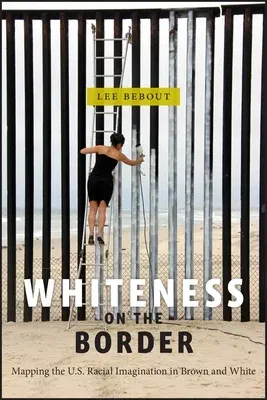The many lenses of racism through which the white imagination sees
Mexicans and Chicanos
Historically, ideas of whiteness and Americanness have been built on the
backs of racialized communities. The legacy of anti-Mexican stereotypes
stretches back to the early nineteenth century when Anglo-American
settlers first came into regular contact with Mexico and Mexicans. The
images of the Mexican Other as lawless, exotic, or non-industrious
continue to circulate today within US popular and political culture.
Through keen analysis of music, film, literature, and US politics,
Whiteness on the Border demonstrates how contemporary representations of
Mexicans and Chicano/as are pushed further to foster the idea of
whiteness as Americanness.
Illustrating how the ideologies, stories, and images of racial hierarchy
align with and support those of fervent US nationalism, Lee Bebout maps
the relationship between whiteness and American exceptionalism. He
examines how renderings of the Mexican Other have expressed white fear,
and formed a besieged solidarity in anti-immigrant rhetoric and
policies. Moreover, Whiteness on the Border elucidates how seemingly
positive representations of Mexico and Chicano/as are actually used to
reinforce investments in white American goodness and obscure systems of
racial inequality. Whiteness on the Border pushes readers to consider
how the racial logic of the past continues to thrive in the present.

